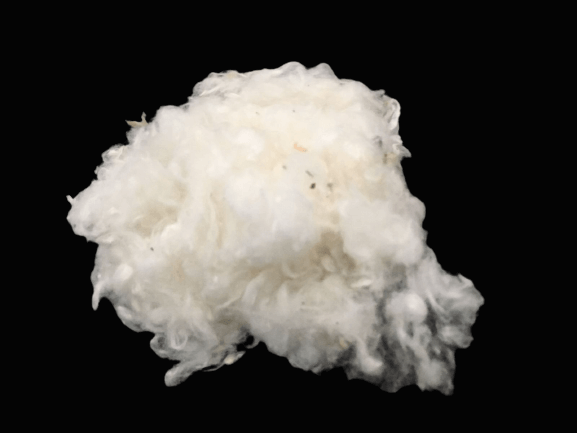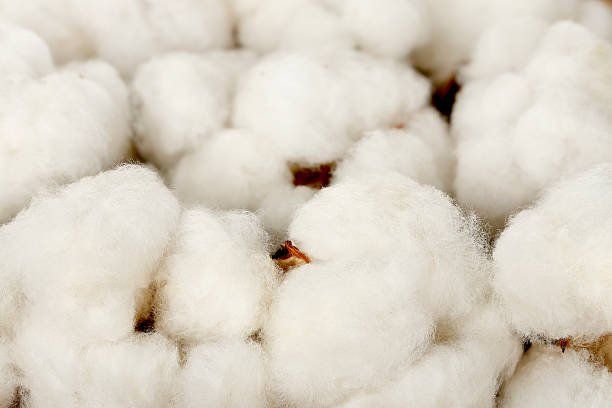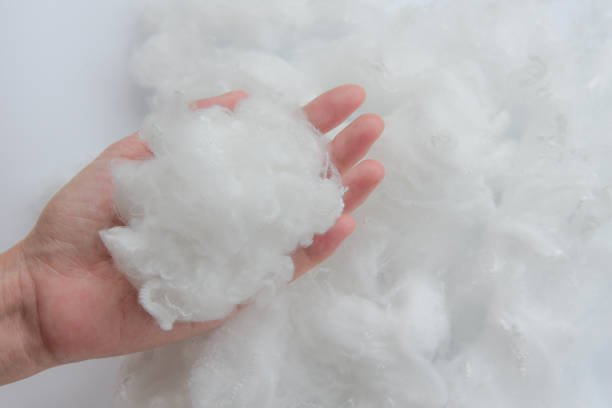Polyester is one of the most commonly used fiber material for clothing along with many other types of fibers. Due to increased demand of stretch, fit and comfort, many people ask whether it is stretchy or not. Polyester is not inherently stretchy, but it can be made to have some degree of stretch by blending it with elastane or spandex fibers to make polyester-elastane blended yarn. The blended yarn can be made through different yarn manufacturing processes. Fabrics made with a combination of polyester and spandex (elastane) are commonly referred to as “poly-spandex” or “polyester-spandex” fabrics, and these blends can have varying degrees of stretch depending on the amount of spandex in the blend.
However, if the polyester fabric is not blended with any elastic fiber, it will not have stretching properties.
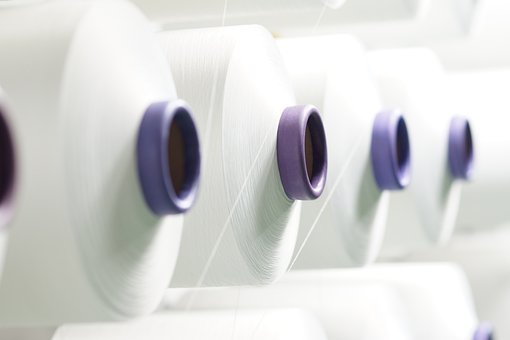
Is polyester and elastane stretchy
Yes, a fabric made of blend of polyester and elastane (also known as spandex) yarn can be very stretchy. Elastane is a synthetic fiber that is known for its excellent stretch and recovery properties, while polyester is a durable and lightweight synthetic fiber.
When these two fibers are blended together, the resulting fabric can have a good amount of stretch while also being strong and resistant to wrinkles and abrasions. The degree of stretch will depend on the ratio of elastane relative to polyester in the blend, with a higher percentage of elastane providing more stretch.
Polyester and elastane blends are commonly used in the production of activewear, leggings, swimwear, and other clothing items that require stretch and flexibility. They are also popular in athletic and performance wear, as the fabric can move with the body and provide a comfortable fit during physical activities.
There are some other bicomponent polyester fibers which have low level of stretch properties and are available commercially. One such fiber is T400. T400 filament is known for its good stretch and recovery properties, making it an ideal material for stretch fabrics. It is often used in combination with other elastane filaments to give extra stretch to the yarn and fabrics.
In addition to its stretch properties, T400 filament is also known for its durability and resistance to wrinkles and abrasions. It is commonly used in the production of activewear, sportswear, and other clothing items that require stretch and flexibility, as well as strength and durability.
Here are answers to some other most commonly asked questions about polyester stretching properties:
Is polyester stretchy in jeans?
Polyester is not typically used alone in the production of jeans, but it is often blended with other fibers such as cotton, spandex or elastane to provide certain features such as durability, flexibility and stretch.
Jeans made with a blend of polyester and spandex or elastane will have sufficient degree of stretch, allowing for greater mobility and comfort. The amount of stretch will depend on the percentage of spandex or elastane in the blend, with higher percentages providing greater stretch. The blended yarn is used in the weft direction of the denim fabric whereas warp threads may contain only polyester yarn or polyester blended with any other fiber. However, if the jeans are made solely with polyester, they will not have stretch.

How to give stretch to the dresses made of polyester?
If you have a dress made of polyester fabric and you want to give it some stretch without using a polyester elastane blended yarn, you can try one of the following methods:
Add Elastic: You can add elastic to the dress by sewing it into the seams or creating a casing for it. This will add stretch to the fabric, allowing it to conform to your body more closely. This method is particularly effective if you want to add stretch to the waist or neckline of the dress.
Steaming the fabric: Polyester can be relaxed and stretched slightly with the help of steam. Hang the dress in a steamy bathroom or use a handheld steamer to apply steam to the fabric, then gently stretch the fabric while it is still warm. Be careful not to stretch the fabric too much, as this can cause it to warp or distort.
Using fabric Softener: Polyester fabric can be softened with the use of fabric softener, which can make it more pliable and comfortable to wear. You can add fabric softener to the wash cycle when washing the dress, or you can dilute it in water and apply it directly to the fabric.
It’s important to note that while these methods can add some stretch to polyester fabric, they may not be as effective as using a blend of polyester and spandex or elastane fibers, which are specifically designed to provide stretch and flexibility.
The benefits of using stretchy polyester fabric in different applications
Comfort: Stretchy polyester fabric provides a comfortable fit for the wearer, as it can move with the body and allow for a full range of motion. This is particularly important in activewear and sports clothing, where the wearer needs to be able to move freely and without restriction.
Flexibility: Stretchy polyester fabric is flexible and can stretch up to a certain point without losing its shape. This makes it ideal for clothing items that need to fit snugly, such as leggings or compression shorts.
Durability: Polyester is a durable and long-lasting fabric, and when blended with elastane or spandex, stretchability is combined with the durabilty. This makes it ideal for clothing applications such as activewear or work uniforms which are subjected to frequent wear and tear.
Moisture-wicking: Polyester is a hydrophobic fiber and its fabric can wick mositure, which means it can transport sweat away from the body and evaporate it to the environment. This helps to keep the wearer cool and dry during physical activity.
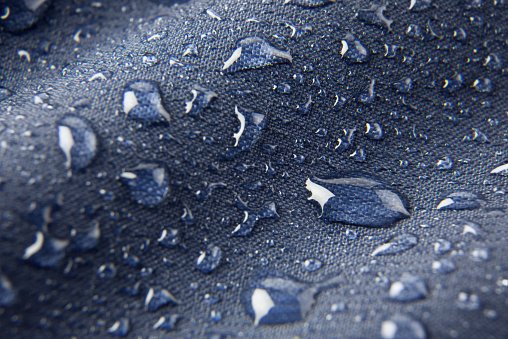
Easy-care: Polyester is a low-maintenance fabric and is used to produce wash-and-wear clothing products. This makes it ideal for busy individuals who don’t have the time or energy to hand-wash or dry-clean their clothing.
Cost-effective: Polyester is an affordable fabric, and when blended with elastane or spandex, it can offer a good balance between performance and cost-effectiveness. This makes it accessible to a wide range of consumers who may not have the budget for more expensive fabrics.
Overall, the benefits of using stretchy polyester fabric in different applications include improved comfort, flexibility, durability, moisture-wicking, easy-care, and affordability. These benefits make it an attractive option for a wide range of clothing items, from activewear to everyday clothing.
Factors that affect polyester’s stretchiness
The level of stretch in the polyester fabric depends on several factors, including:
Composition: Polyester fabrics that are blended with elastane or spandex tend to be more stretchy than those made solely from polyester. The higher the elastane percentage, the higher will be the stretch.
Fabric weight: The weight of the polyester fabric can also affect its stretchiness. Heavier fabrics are generally less stretchy than lighter fabrics, however, the higher percentage of elastane can make them more stretchy.
Weave: The construction of the polyester fabric is also important. Knit fabrics tend to be more stretchy than woven fabrics, as they are more flexible and can stretch in multiple directions.
Tension: The tension applied during the weaving or knitting process can also control the stretchiness of the fabric. Higher tension can result in a less stretchy fabric, while lower tension can result in a more stretchy fabric.
Finishing processes: The finishing processes applied to polyester fabric, such as heat-setting or chemical treatments, can affect its stretchability. These processes can either enhance or reduce the fabric’s stretch level, depending on the specific treatment used.
Overall, the stretchiness of polyester fabric is influenced by several factors, including its composition, weight, weave, tension, and finishing processes. Understanding these factors can help in selecting the most suitable polyester fabric for a particular application.
Examples of popular clothing items made with stretchy polyester fabric
There are several popular clothing items made with stretchable polyester fabric, including:
Leggings: Leggings are a popular clothing item that is often made with stretch polyester fabric. The stretchability of the fabric allows for a comfortable and flexible fit, while its moisture-wicking properties help keep the wearer dry during sweating.
Athletic shorts: Athletic shorts, particularly those designed for running or cycling, often incorporate stretchy polyester fabric. The fabric’s stretch and durability make it ideal for these types of activities, while its hydrophobic and moisture-wicking properties keep the wearer cool and dry.
Swimwear: Stretchy polyester fabric is also commonly used in the production of swimwear, particularly for competitive swimmers. The fabric’s flexibility and durability make it ideal for this type of activity, while its moisture-wicking properties help to reduce drag in the water.
Jackets: Stretc polyester fabric is also used in the production of jackets, particularly those designed for outdoor activities like hiking or skiing. The fabric’s stretch allows for a comfortable fit, while its moisture-wicking properties help to keep the wearer dry and warm.
T-shirts: T-shirts made with stretch polyester fabric are popular for both casual wear and athletic activities. The stretch in the fabric allows for a comfortable fit and it keeps the wearer dry and cool.
Overall, stretchy polyester fabric is a versatile material that is used in a wide range of clothing items. Its properties make it particularly well-suited for athletic and outdoor activities, but it can also be used in everyday clothing for improved comfort and flexibility.
